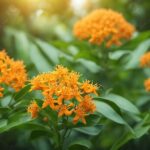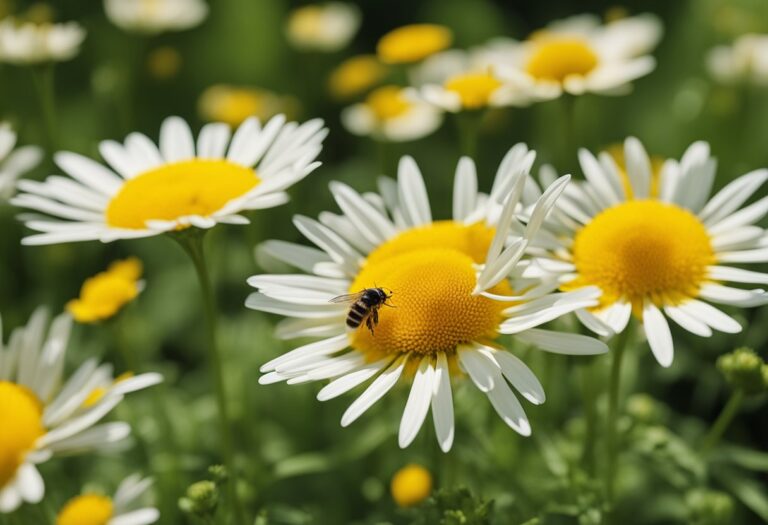Principles of Biodiversity in Landscape Design
Your approach to landscape design can favorably impact biodiversity. By integrating key principles, you can create environments that support a variety of life, providing ecological, aesthetic, and economic benefits.
Designing for Ecosystem Services
When you design landscapes, aim to enhance ecosystem services, which are the benefits that humans freely gain from the natural environment.
Services you can enhance include:
- Pollination: Designing flower-rich areas attracts and sustains pollinators.
- Water purification: Incorporating wetlands into your design can help filter pollutants.
- Carbon sequestration: Planting trees and preserving soil health aids in carbon storage, which mitigates climate change.
Native Plant Selection
You should prioritize native plants in designs for several reasons:
- Adaptation: Native species are well-adapted to local conditions.
- Support for Wildlife: They provide essential food and habitat for local wildlife.
- Reduced Maintenance: Native plants generally require less maintenance than non-native species.
Note: Be vigilant about avoiding invasive species, which can outcompete natives and reduce biodiversity.
Habitat Creation and Connectivity
Creating and connecting habitats is vital for species survival and movement. Include these elements in your designs:
- Diverse Habitats: Varieties of plants and landscape features support different species.
- Corridors: Green corridors enable wildlife to move safely between habitats.
- Layered Vegetation: This provides vertical complexity, catering to different wildlife needs at different heights.
Implementation Strategies
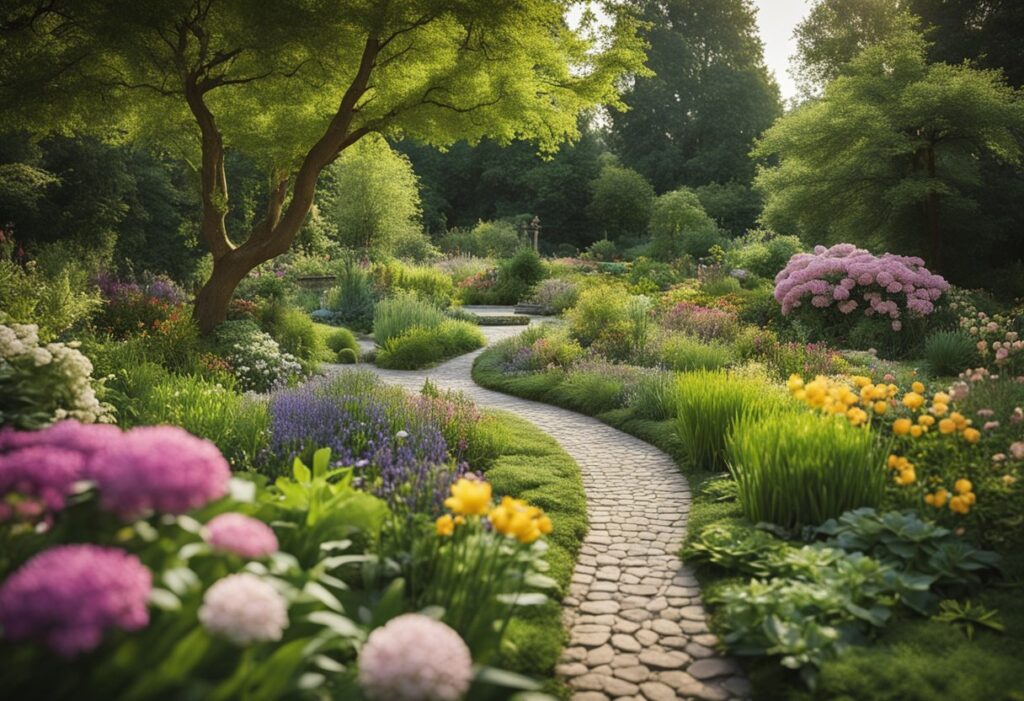
Before diving into specifics, you need to understand that effective landscape design for biodiversity encompasses thorough site analysis, planting choices that benefit local ecosystems, and water management that supports diverse habitats.
Site Analysis and Assessment
Your initial step is to conduct a comprehensive site analysis. This involves understanding the historical usage, existing vegetation, soil types, and fauna present on the land.
Assess your site’s ecological context by mapping out:
- Native and invasive species: Identify and promote native plant growth while controlling invasive species.
- Wildlife corridors: Pinpoint existing or potential routes that allow wildlife movement.
- Local ecosystem conditions: Recognize patterns in sunlight, wind, and topography that affect biodiversity.
Biodiversity-Friendly Planting Techniques
In your planting strategy, prioritize diversity and resilience. Your approach should:
- Use native plants to support local species and ecosystems.
- Create layers of vegetation (canopy, understory, groundcover) to mimic natural habitats.
- Avoid monoculture planting, which is vulnerable to pests and diseases.
Water Management for Biodiversity
Your water management plan is crucial to support a biodiverse landscape. Focus on:
- Rainwater harvesting to reduce dependence on municipal water and create water reserves for dry periods.
- Creating wetlands or rain gardens to manage stormwater, filter pollutants, and provide habitat.
- Using drip irrigation and soaker hoses to efficiently water plants while minimizing waste and evaporation.
Challenges and Solutions
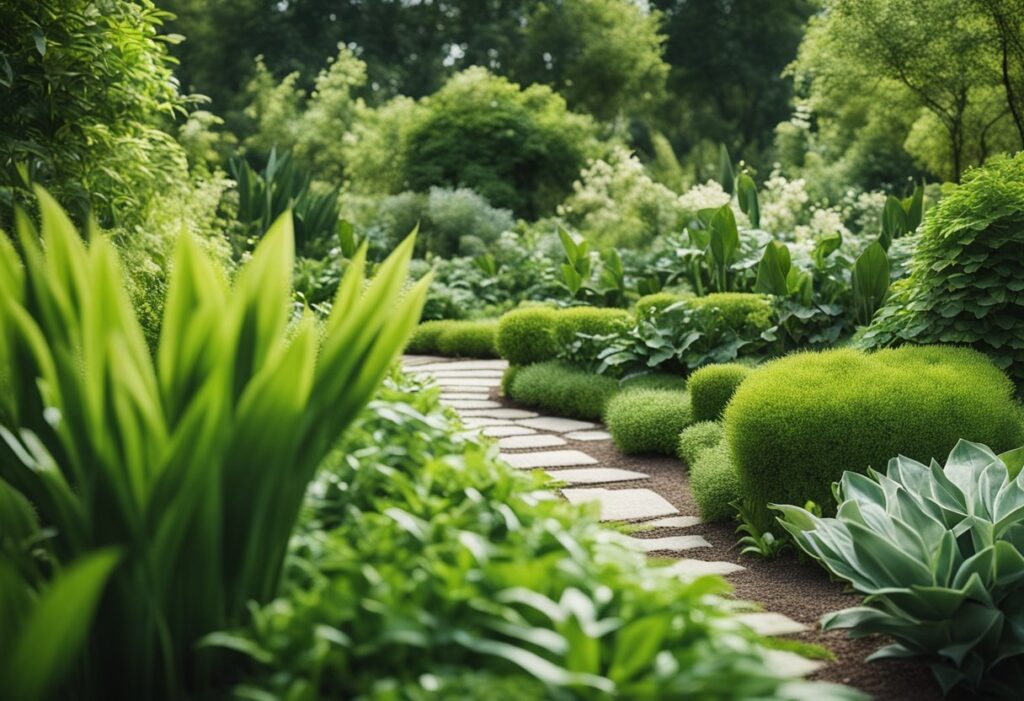
In landscape design, striking the right balance between biodiversity enhancement and modern challenges is crucial. Your design strategies must adeptly manage invasive species, align aesthetics with ecosystem functionality, and adapt to the changing climate.
Invasive Species Management
You face the challenge of invasive species that can outcompete native flora and fauna, jeopardizing local biodiversity. To address this, implement a two-pronged approach:
- Prevention: Employ pre-emptive strategies like selecting resistant native plants and creating barriers.
- Control: Utilize physical, biological, and chemical control methods tailored to your specific landscape context.
Balancing Aesthetics and Biodiversity
Harmonizing visual appeal with ecological richness often presents a conundrum. You can accomplish this by:
- Incorporating native species: Select attractive native plants that support local wildlife.
- Layered planting: Design plantings in layers—from ground covers to canopy—to mimic natural ecosystems and provide diverse habitats.
Climate Change Adaptation
Your landscape designs must be resilient to climate change impacts. To achieve this, focus on:
- Drought-resistant plants: Choose species that thrive in warmer temperatures and require less water.
- Flexible design elements: Use adaptive design features, like swales and rain gardens, that can handle extreme weather events.
Case Studies

In exploring the role of landscape design in biodiversity, you’ll find that careful planning and execution can lead to successful conservation and restoration efforts. These case studies provide evidence of the benefits and approaches within different contexts.
Urban Biodiversity Enhancement
In the heart of Hong Kong, Nature Discovery Park showcases how urban spaces can integrate nature. LAAB architects designed this project to nurture local wildlife, intermingling public spaces with habitats. Here, you encounter a landscape where energy efficiency and the conservation of flora and fauna coexist with the urban environment, serving as a model for enhancing biodiversity in cities.
Rural Landscape Conservation Projects
The Landscape Performance Series Case Study Briefs, a resource developed by the Landscape Architecture Foundation (LAF), details over 190 projects emphasizing sustainable rural landscapes. These briefs demonstrate how designs can yield measurable benefits, such as improved ecosystem services and economic viability, while supporting the biodiversity of rural environments.
Restoration of Degraded Landscapes
Research highlighted by asla.org underlines landscape architecture strategies that significantly increase biodiversity in areas where human activity has diminished ecological variety. The implementation of native planting designs and the creation of functional ecosystems are fundamental practices used to rehabilitate degraded landscapes, aiming for a recovery of species diversity and ecological health.
Policy and Planning
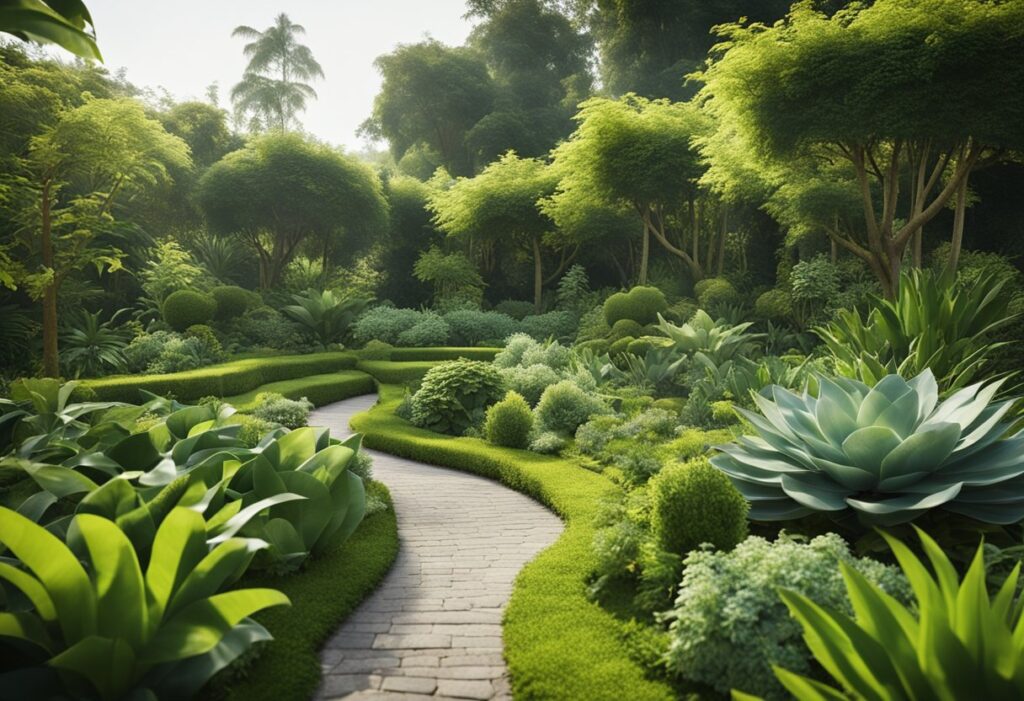
Effective landscape design for biodiversity hinges on sound policies and strategic planning. You need a robust framework to navigate regulations, engage communities, and establish long-term objectives.
Regulations and Incentives for Biodiversity
Regulations play a pivotal role in guiding landscape design to support biodiversity. You will encounter various environmental protection laws that enforce conservation measures.
For instance, the Clean Water Act in the United States mandates the protection of wetlands, which are crucial for sustaining diverse ecosystems.
In terms of incentives, look for government subsidies or tax breaks that encourage the integration of green spaces in urban development.
- Key Regulations to Consider:
- Endangered Species Act
- Migratory Bird Treaty Act
- National Environmental Policy Act
- Incentives to Explore:
- Tax breaks for maintaining natural habitats
- Grants for implementing green infrastructure
- Recognition programs for sustainable landscaping
Community Engagement in Biodiversity Projects
Your success in enhancing biodiversity through landscape design involves community buy-in.
Educational programs can inform the public of the benefits of biodiverse spaces, leading to greater support and stewardship.
Active participation, such as community gardening or citizen science programs, instills a sense of ownership and responsibility towards local biodiversity initiatives.
- Strategies for Engaging Communities:
- Workshops and informational sessions
- Volunteer opportunities in conservation projects
- Collaborative design processes with community input
Long-Term Biodiversity Planning
For longevity, your biodiversity projects must integrate sustainable practices and adaptive management strategies.
Sustainability ensures that the design is viable long-term, while adaptive management allows for adjustments in response to ecological changes or new information.
It’s essential to set clear, measurable goals tethered to specific timelines for evaluation.
- Elements of a Long-Term Plan:
- Defined conservation targets with timelines
- Regular monitoring and assessment protocols
- Flexibility to incorporate new ecological findings
Frequently Asked Questions
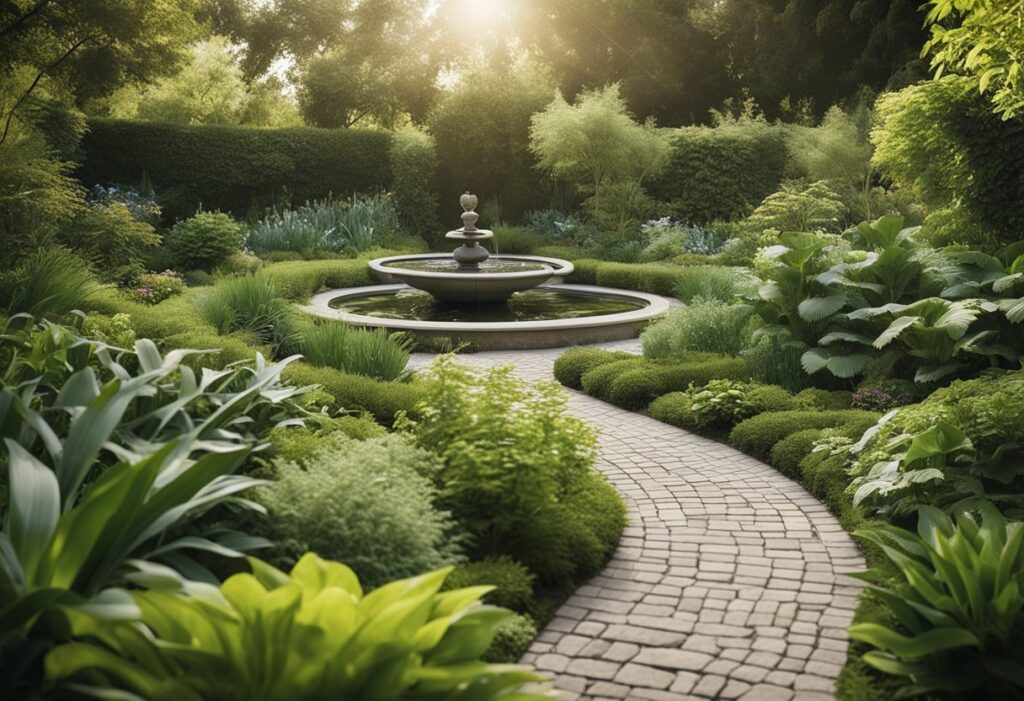
When approaching landscape design, integrating biodiversity is not only beneficial for the environment but also enhances the aesthetic and ecological value of the space. Here, you will find answers to common queries regarding this practice.
How can landscape design contribute to biodiversity conservation?
Your landscape design can support biodiversity conservation by incorporating native plant species, creating habitats for local wildlife, and maintaining natural water sources. By mimicking natural ecosystems, a landscape can serve as a vital link in supporting local flora and fauna.
What are the best practices for incorporating biodiversity into landscape architecture?
To incorporate biodiversity into your landscape architecture effectively, select a diverse range of native plants that support pollinators and other wildlife. Employing sustainable soil management and water conservation techniques also plays a crucial role in preserving local biological diversity.
In what ways can resilient landscape design enhance biodiversity?
Resilient landscape design enhances biodiversity by using plants that are adapted to local climate and soil conditions, reducing vulnerability to pests, disease, and extreme weather events. This approach helps maintain and improve ecological balance and supports a variety of species.
How does Firewise landscaping relate to biodiversity?
Firewise landscaping, while focused on reducing wildfire risk, can relate to biodiversity by choosing fire-resistant plants that also support local wildlife. This type of landscaping promotes a healthy natural environment that can recover more quickly after fire disturbance.
What role do environmental considerations play in the planning of biodiverse landscapes?
Environmental considerations are at the heart of biodiverse landscape planning. They include understanding the local ecosystem, climate conditions, and the potential impact of human activities.
It is critical to assess the land’s inherent capabilities to support various life forms and design accordingly.
Can you provide examples of award-winning landscape designs that focus on biodiversity?
Award-winning designs that focus on biodiversity often feature innovative use of space and native species to create self-sustaining ecosystems.
Examples include the Gardens by the Bay in Singapore and the High Line in New York City. Both of these designs have been praised for their ecological design and positive impact on urban biodiversity.






